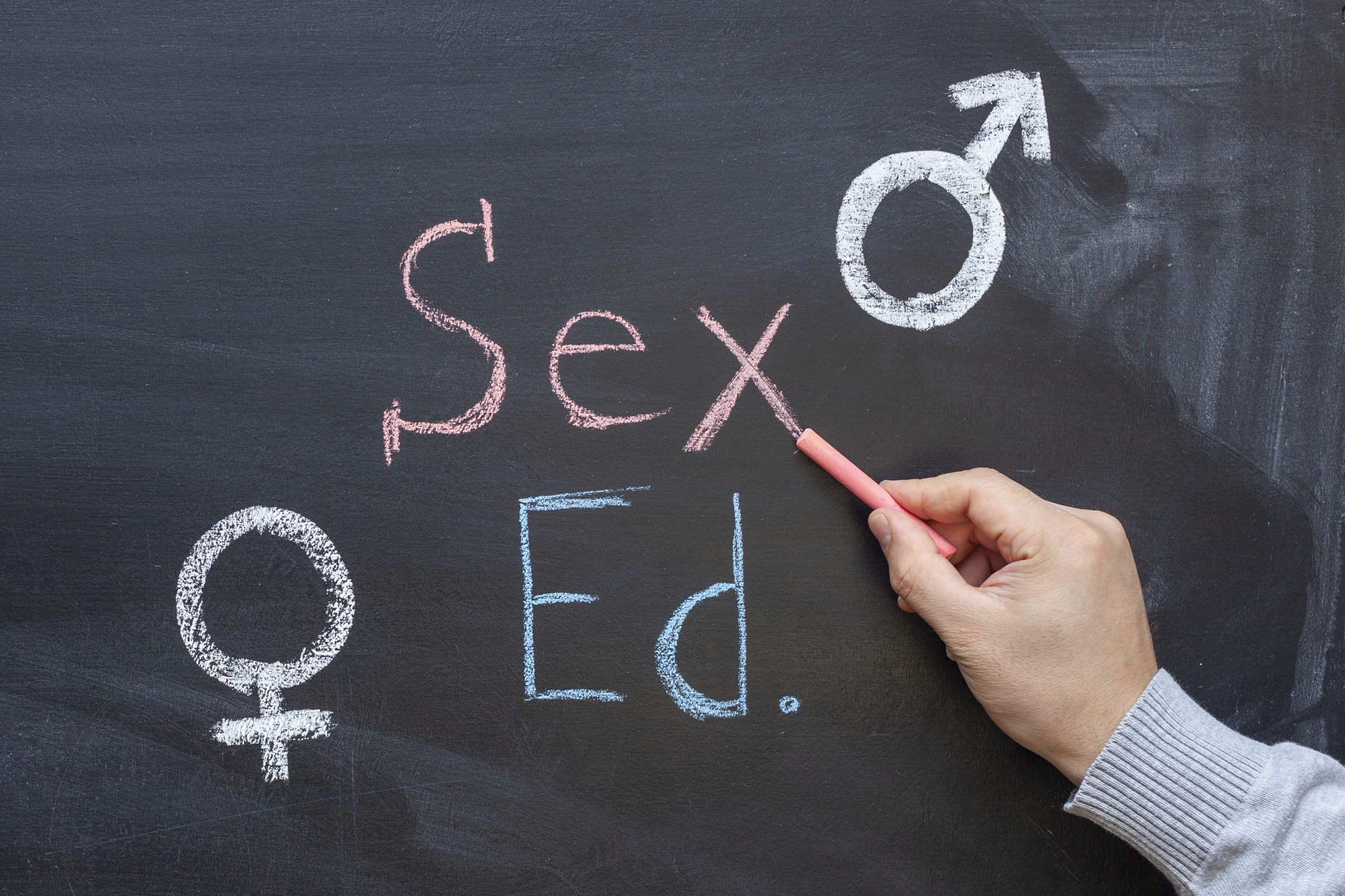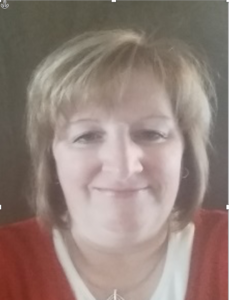By Sharma Worthen Anderson
“I sold abortions,” Carol Everett told the crowd. “How do you do that? It’s called sex education.”
Everett, who owned and ran abortion clinics for many years before she became pro-life, said her abortion clinics carefully crafted a sex education program that encouraged young students to have sex, making them vulnerable to pregnancy and abortions, a big money-maker. “Our goal was 3-5 abortions between the ages of 13-18. But you can’t go to them at the age of 12 and tell them ‘I want you to get pregnant next year,’” she said. “You have to break down the natural modesty, separate them from their parent’s values and you have to become an expert (sexpert) in their life,” Everett continued.
“Real Education” for Healthy Youth?
There is a battle raging in the United States surrounding sex education and what should be taught in our public schools. The Real Education for Healthy Youth Act is the latest attempt by Congress to “provide young people with the comprehensive sexuality education they need to lead sexually healthy lives.” The curriculum would teach skills involving contraception, healthy relationships, sexual pleasure, consent, sexual agency, as well as teaching about sexual orientation, gender identity, and same-sex relationships. The guidelines expand curriculum content to include teachings that “supports healthy sexual development and would frame sex as a positive and healthy aspect of life rather than a risky activity”. Healthy sexual development sounds great in theory until you start to see what is actually in the curriculum.
Currently, the United States Department of Education does not mandate a set curriculum. It encourages the teaching of sex education in our public schools, with each individual state deciding what to teach. Most states do not have set sex education programs and instead leave it to each school district to develop or acquire their own curriculum. Some districts choose to use comprehensive sexuality education (CSE) programs that have been developed by outside sources promoting liberal sex education agendas. It is becoming increasingly important for parents to research what their school district is teaching.
Typical guidelines
For example, in Texas, the Austin Independent School District has adopted a sex education program that begins teaching sexual orientation, reproductive anatomy, and puberty in third grade, with continued lessons at each grade level. In the state of Oregon, Sexuality Education standards require students to know how to use a condom. In 6th grade, students must “identify” the steps to use a condom. In 7th, they should be able to “describe” the steps. In 8th they must “demonstrate the steps”, and in 12th grade, students should be able to “demonstrate the steps to correctly use a condom and/or other barrier methods.” In the state of California, grades K-3 learn about gender identity; grades 4-6 learn about sexual feelings, including masturbation; grades 7-8 learn consent and sexual abuse; and grades 9-12 learn about contraception and healthy relationships, including advice for LGBTQ students. Does this seem appropriate? What do you know about your school district’s sex education curriculum?
Another issue facing parents today is the tactic of removing the choice for parents to opt-out their children from sex education lessons. CSE activists feel that parents are violating the rights of their children to receive proper sex education when parents opt-out their children from public school sex education. Eliminating parental oversight accomplishes the goal is to separate children from their parent’s values.
Steps to protect your kids
There are several things you can do as a parent to protect your children from Comprehensive Sexuality Education: meet with teachers and administrators; ask to see the school district sex education policy and curriculum for every grade level; meet with the district curriculum leaders and request appropriate curricula; attend the sex education lessons when they are taught to the students. If the curriculum in your area is mandated at the state level instead of the local level parents can contact the State Board of Education, the Superintendent of Public Instruction, and state legislators and advocate for change. By becoming involved we hold the schools accountable and ensure that school districts are using programs that are parent-approved rather than programs that groom children to explore sexual behavior.
Carol Everett likened CSE to giving someone an alcoholic drink and a set of keys to the car at the same time: “You don’t take your kids out and get them really good and drunk and teach them how to drive safely…We give them a moral absolute — don’t drink and drive, you can be killed. Why would we compromise them in this important area of their sexuality by giving them a low moral standard to live down to, rather than the highest and best — God’s plan for marriage which still works every time.” It’s up to parents to protect their children from this indoctrination masquerading as education.
Sharma Worthen Anderson is a Senior at BYU-Idaho majoring in Marriage and Family Studies. Sharma is a mother who has raised 4 children and is now enjoying being a grandmother of 2. She is a native Oregonian who has called Idaho home for the past 18 years.


